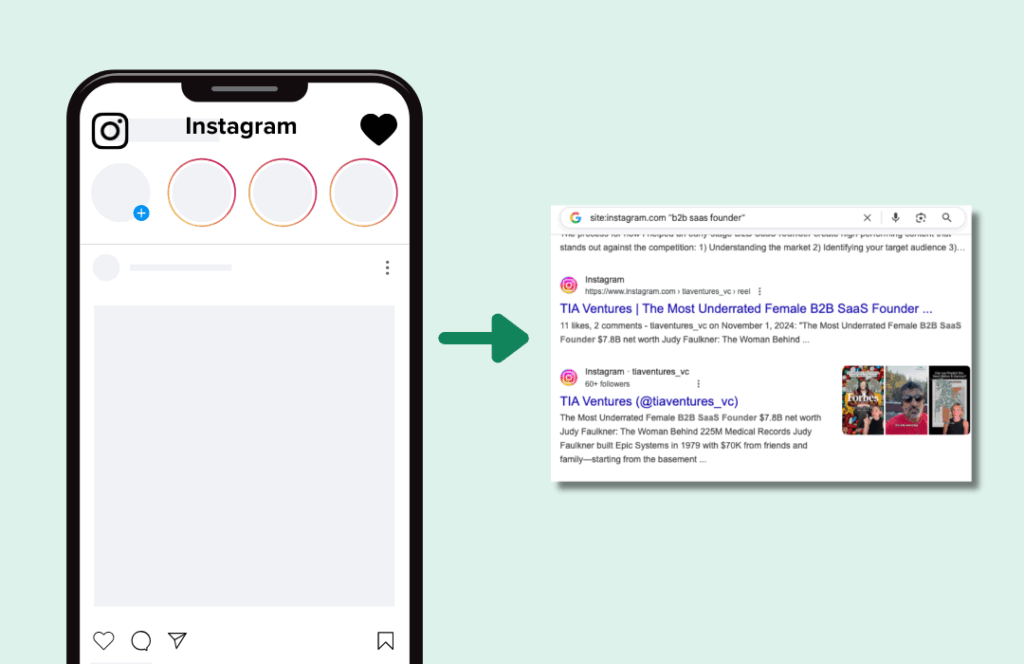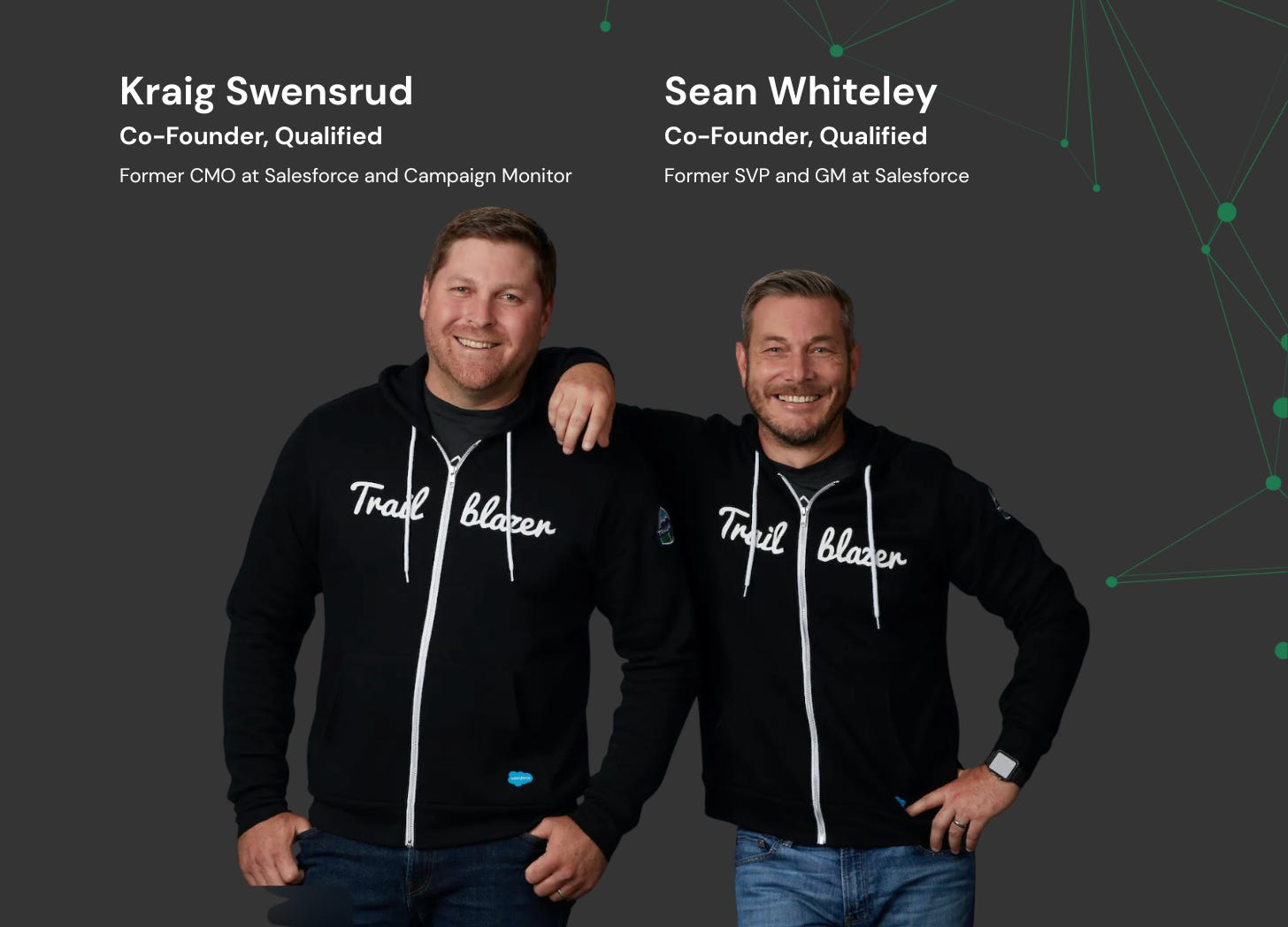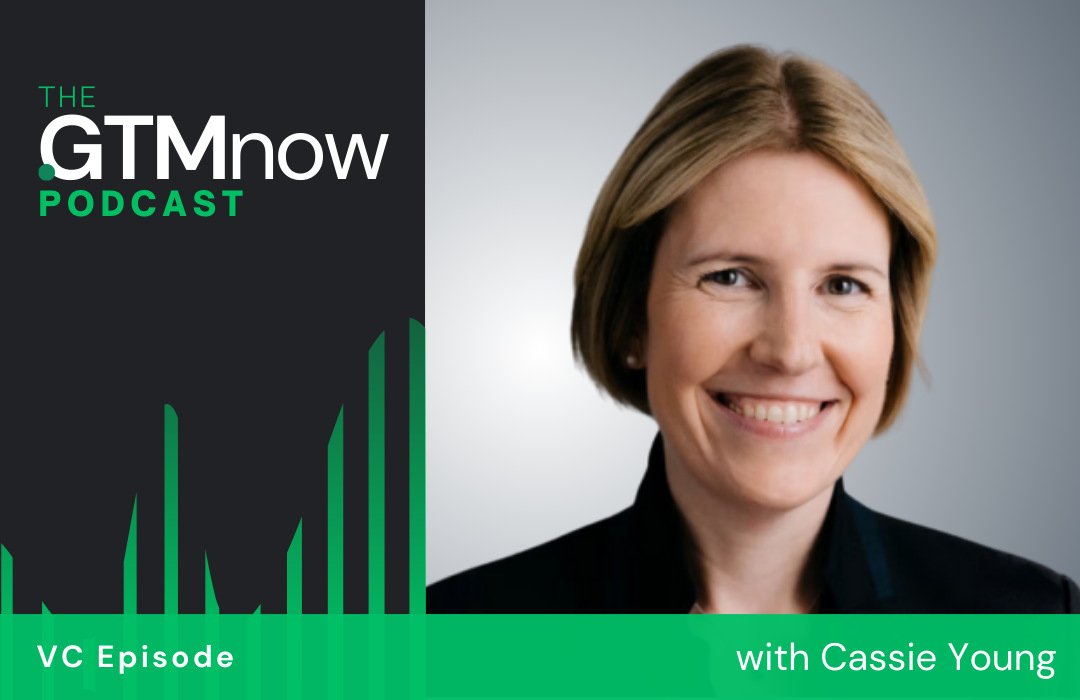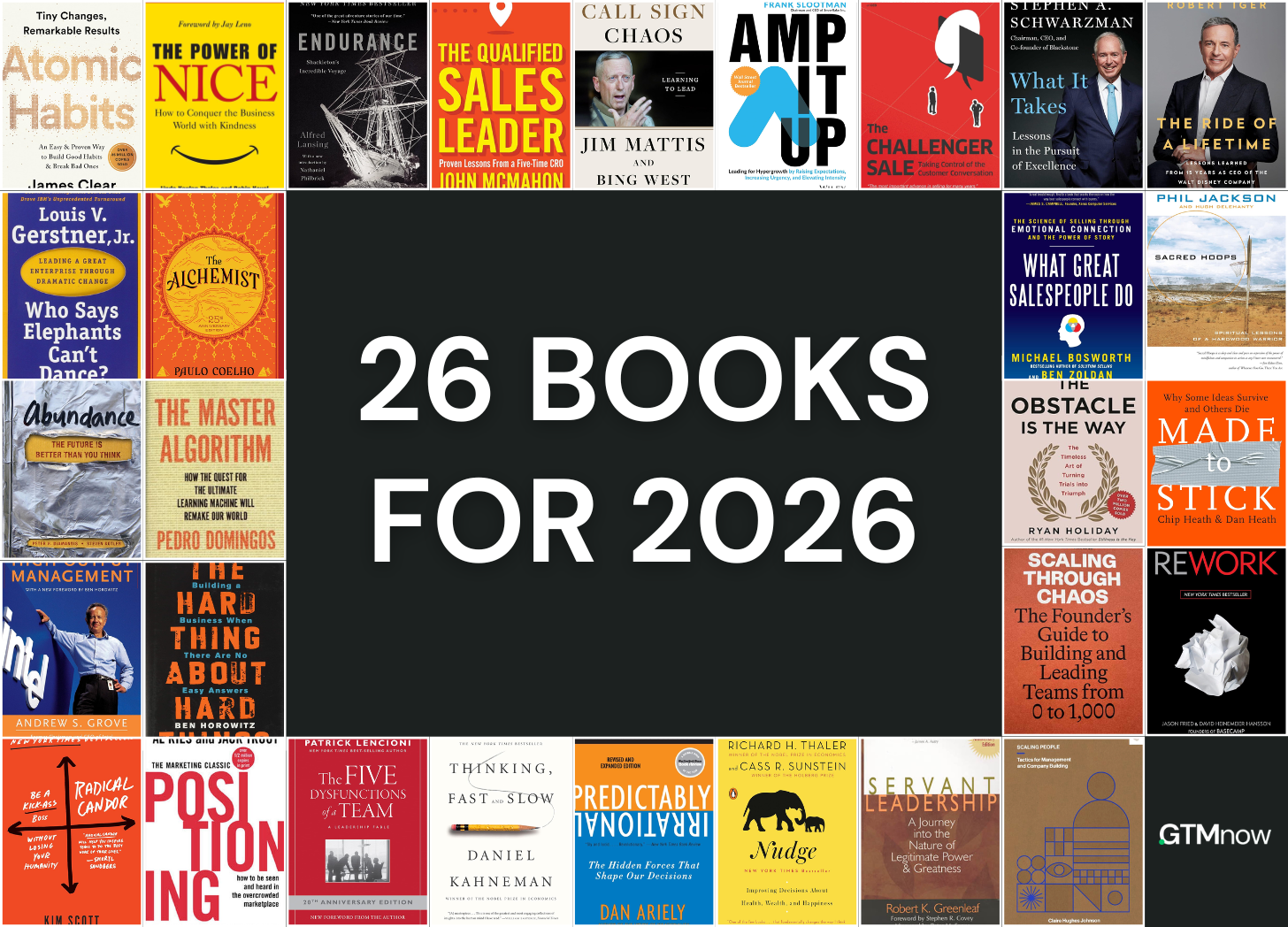This week, Instagram made a major move that changes how your content gets discovered.
For the first time, Instagram posts from public Business and Creator accounts are now being indexed by Google and Bing. That means your Reels, captions, images, alt text, and hashtags can now appear in search engine results.
Why this is a big deal
Until now, Instagram lived in a walled garden. If you weren’t logged in, you weren’t seeing anything. But this update breaks that bubble.
Instagram is now a search-native platform. Every eligible post becomes a mini landing page – a searchable, indexable piece of content that lives far beyond the feed.
It’s a shift from short-lived social content to durable, discoverable media.
Overall, it opens the door for B2B brands to compete on a platform that’s historically been dominated by DTC.
What’s actually changing?
🟢 All public posts (images, Reels, carousels) from Business and Creator accounts will be visible to Google and Bing. If you have a personal account, this won’t be included.
🟢 This applies to users 18+ only.
🟢 Search engines will crawl:
- Captions
- Alt text
- Hashtags
- Bios
🟢 Historical posts dating back to January 1, 2020 are eligible for indexing.
🟢 You can opt out by going to: Settings → Privacy → Search Engine Indexing → Turn Off.
Why it matters for marketers and growth teams
This turns Instagram into a searchable content hub. Gone are the days of it being a visual mood board.
Your captions are now headlines. Your alt text is metadata. And your bio is structured data for your brand.
What to do about it
Start treating Instagram like SEO.
Here’s how to adapt your strategy:
🟢 Use real keywords
Avoid vague captions like “Monday mood” Instead, write descriptively: “How I plan my content calendar every Monday using Notion.”
🟢 Optimize your alt text and hashtags
Alt text is now crawlable. Be specific: “Social media calendar in Notion for a beauty brand.” Hashtags also carry weight, so you can treat them as keywords.
🟢 Treat your bio like metadata
Include relevant terms in your bio, such as your niche, offering, or location (e.g. “Growth advisor for early-stage SaaS startups”).
🟢 Think beyond the platform
Your next qualified lead or customer might find your Instagram from a Google search, not from scrolling.
Closing thoughts
If this Instagram rollout feels oddly quiet, it’s not the first time Meta has taken this approach.
Back in late 2023, shortly after launching Threads, public posts from Threads started showing up in Google search results. But there was no formal announcement, no press release, no in-app notification.
Instead, SEO analysts and marketers noticed the shift through. Only later did Meta quietly confirm just through developer docs and indirect mentions that public Threads content was now being indexed.
This pattern of “soft-launching” backend visibility changes is part of Meta’s broader playbook. They roll it out, let the community spot it, and adapt messaging later if needed.
The Instagram search indexing update looks to be following that exact same script.
Here’s what we do know:
- Reputable SEO tools like Ahrefs and Semrush are tracking Instagram posts – including Reels, captions, and hashtags – showing up in Google search results.
- Instagram’s robots.txt file (which tells search engines what they can crawl) has been updated to allow indexing of public content from Business and Creator accounts.
- Publications like WeRSM, PPC Land, and Cemoh have reported on the rollout based on observable changes.
And you can see it in action if you search in Google:
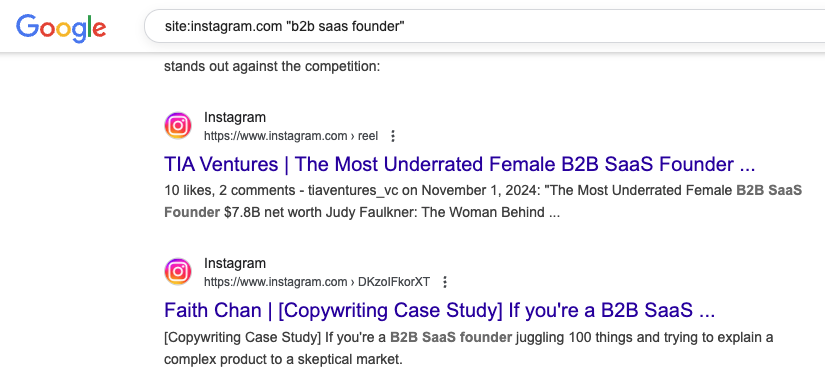
So while the rollout hasn’t been loud or crystal clear, the behavior is starting to show up in the wild.
If this does evolve into a broader, more official shift (and all signs point in that direction), it opens the door for B2B brands to compete on a platform that’s historically been dominated by DTC.
If you’re already publishing high-signal posts on Instagram (like Reels with insights, carousels that teach, or behind-the-scenes content that builds trust), this gives your content a second life. One that lives outside the feed. And off the app. It’s no longer just about stopping the scroll. It’s about earning a spot in someone’s search.
What used to be a fleeting post can now act more like a mini landing page. And that means Instagram isn’t just social media anymore, it’s SEO.
This change rewards clarity and structure. I think we’ll see way more descriptive and education-oriented content surfacing on Instagram.
As for our strategy? GTMnow has 40,000+ followers on LinkedIn, 26,000+ on X, 14,000+ on YouTube, 1k+ on TikTok…and Instagram? Just getting started! We only just expanded to Instagram and will be building it out. If you’ve found our content helpful and want to support the early days, we would appreciate it if you follow GTMnow on Instagram.

